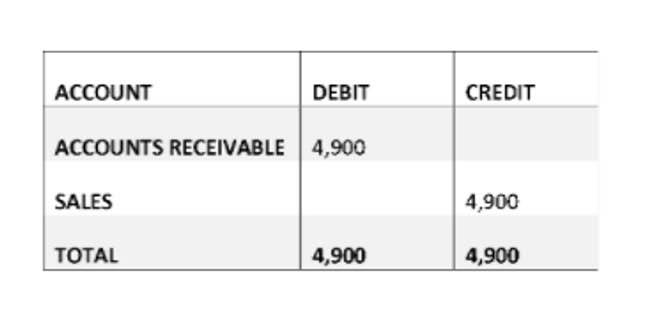The Accounting Equation

Therefore cash (asset) will reduce by $60 to pay the interest (expense) of $60. Drawings are amounts taken out of the business by the business owner. Company ZZK plans to buy office equipment that is $500 but only has $250 cash to use for the purchase. The major and often largest value assets of most companies are that company’s machinery, buildings, and property. These are fixed assets that are usually held for many years.
- Required Explain how each of the above transactions impact the accounting equation and illustrate the cumulative effect that they have.
- As a core concept in modern accounting, this provides the basis for keeping a company’s books balanced across a given accounting cycle.
- Metro Courier, Inc., was organized as a corporation on January 1, the company issued shares (10,000 shares at $3 each) of common stock for $30,000 cash to Ron Chaney, his wife, and their son.
- The last component of the accounting equation is owner’s equity.
- Conversely, a partnership is a business owned by more than one person, with its equity consisting of a separate capital account for each partner.
The accounting equation formula helps in ledger balancing using double-entry accounting. The ledger has debits on the left side and credits on the right side. The total amount of debits and credits should always balance and equal.
What Are the Key Components in the Accounting Equation?
Start with a free account to explore 20+ always-free courses and hundreds of finance templates and cheat sheets. Things such as utility bills, land payments, employee salaries, and insurance – those are all examples of liabilities. The global adherence to the double-entry accounting system makes the account keeping and tallying processes more standardized and more fool-proof. Debt is a liability, whether it is a long-term loan or a bill that is due to be paid. Metro Corporation paid a total of $1,200 for utility bill.
Below are some examples of transactions and how they affect the accounting equation. It is much more common for accountants to commit fraud through the use of journal entries than through the use of such common transactions as recording supplier invoices and creating customer invoices. the accounting equation may be expressed as The reason is that these more common transactions have a system of controls built up around them that is designed to detect a variety of issues. Conversely, there are fewer controls over journal entries, which makes it easier for someone to create a fraudulent transaction.
Double entry bookkeeping system
This deal will result in debt of (-₹500) for equipment and (+₹500) as a credit to cash. Taking time to learn the accounting equation and to recognise the dual aspect of every transaction will help you to understand the fundamentals of accounting. Whatever happens, the transaction will always result in the accounting equation balancing. This equation sets the foundation of double-entry accounting, also known as double-entry bookkeeping, and highlights the structure of the balance sheet. Double-entry accounting is a system where every transaction affects at least two accounts.

